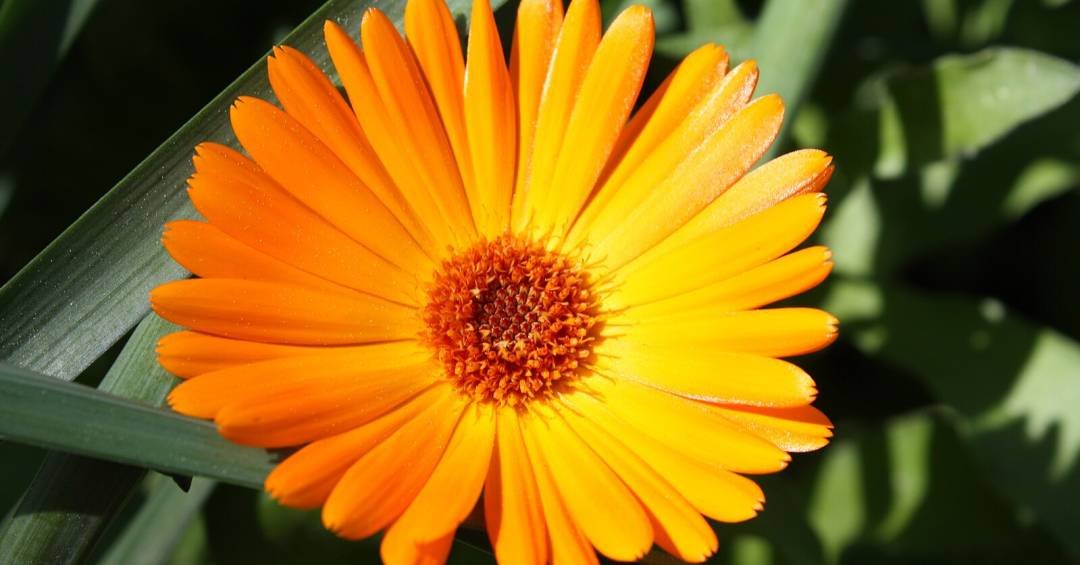What to Plant in June: A Comprehensive Guide for Gardening Enthusiasts
As June rolls around, it’s essential for gardeners and farmers to choose the most suitable seeds to ensure robust growth and productivity. The climate conditions typical for this time of year in the United States play a crucial role in determining which plants will thrive. This guide offers practical insights for optimizing your garden or farm during this transitional month, taking into consideration regional climate variations across the country.
Vegetables to Plant in June
June is a prime time for planting a variety of vegetables, as many species flourish in the warmer temperatures of late spring and early summer. Below is a detailed list of vegetables you can sow in your garden this month.
General Recommendations
Regardless of your region, the following vegetables can be planted in June:
- Swiss Chard: A versatile leafy green that can be harvested continuously.
- Watercress: Thrives in moist conditions, perfect for salads.
- Celery: Requires plenty of water and is best planted in rich soil.
- Lettuce: Fast-growing and perfect for salads; ideal for cooler areas.
- Leeks: Similar to onions, leeks are great for adding flavor to dishes.
- Endive: A slightly bitter green that is excellent in salads.
- Beets: Easy to grow, beets are nutritious and can be harvested in varying sizes.
- Chives: These herbs can be used fresh in salads or as garnishes.
- Carrots: A root vegetable that requires loose, well-draining soil.
- Chinese Cabbage: Grows well in cooler temperatures.
- Collard Greens: These leafy greens are packed with nutrients.
- Peas: A cool-weather crop that can be harvested in the early summer.
- Mustard Greens: Another leafy green that adds a spicy kick to dishes.
- Radishes: Quick-growing root vegetables that can be harvested in weeks.
- Cabbage: A staple vegetable that can be used in numerous dishes.
- Arugula: Known for its peppery flavor, arugula thrives in cooler weather.
- Parsley: A versatile herb that enhances many recipes.
Regional Specifics
In addition to the above vegetables, here are some additional crops that can be planted based on specific regions:
Northern and Northeastern States
In the northern and northeastern regions, consider planting:
- Pumpkins: Although they take longer to mature, now is the time to plant for a fall harvest.
- Zucchini: This summer squash is prolific and easy to care for.
- Eggplant: Thrives in warm weather and is great for grilling or baking.
- Cilantro: This herb can bolt in high heat, so early June is perfect.
- Green Beans: Quick to grow and produce a bountiful crop.
- Jilo: A type of eggplant popular in Brazilian cuisine.
- Melons: Sweet and refreshing, they thrive in warm weather.
- Cucumbers: Ideal for salads and pickling.
- Peppers: Both sweet and hot varieties flourish in warm weather.
- Okra: A heat-loving plant that produces well in the summer.
- Tomatoes: A garden staple that requires full sun and warm soil.
Southern and Southeastern States
In the southern and southeastern regions, the warmer climate allows for a wider variety of crops:
- Sweet Potatoes: A warm-weather crop that produces well in sandy soils.
- Summer Squash: Like zucchini, these are easy to grow and very productive.
- Basil: This fragrant herb thrives in warm weather and complements many dishes.
- Corn: A staple crop that requires ample space and sunshine.
Flowers to Plant in June
June is not just for vegetables; it’s also an excellent time to plant flowers. The warm weather provides ideal conditions for many floral species to blossom beautifully.
Recommended Flower Varieties
Here’s a selection of flowers that can thrive when planted in June:
Capuchinha (Nasturtium)
These vibrant flowers flourish in full sunlight but can also tolerate partial shade. They come in various colors, including yellow, cream, and red, and their leaves and flowers are edible with a slightly peppery taste.
Lavender
Not only does lavender offer a soothing fragrance, but it is also cold-resistant and thrives in lower temperatures. It can be used in aromatherapy and cooking, making it a favorite among gardeners.
Salvia
Known for its striking red petals, salvia attracts hummingbirds and butterflies, making it a beautiful addition to any garden. It can be grown in pots or garden beds.
Marigold
These flowers have a lovely scent and come in shades of orange and yellow. They are often used in cooking due to their slightly bitter flavor and are easy to grow in various climates.
African Daisies
Perfect for pots and garden beds, African daisies add a burst of color to any landscape. They are hardy and can thrive in various soil types.
Tips for Successful Planting
When planting flowers and vegetables, keep the following tips in mind to ensure optimal growth:
- Assess Your Space: Determine how much room you have for planting. Some plants thrive in pots, while others require garden beds.
- Prepare the Soil: Use nutrient-rich soil to promote healthy root growth and ensure proper drainage.
- Water Wisely: Regular watering is crucial, but be cautious not to overwater, as this can lead to root rot.
- Prune Regularly: Remove dead flowers and leaves to encourage new growth and maintain plant health.
- Plant Choice: Choose flowers that can be planted directly in the ground or in containers, depending on your gardening style and space.
Conclusion
June is a fantastic month for planting a variety of vegetables and flowers, making it an exciting time for both novice and experienced gardeners. By selecting the right seeds and following best practices for planting and care, you can enjoy a bountiful harvest and a vibrant garden. Happy planting!

